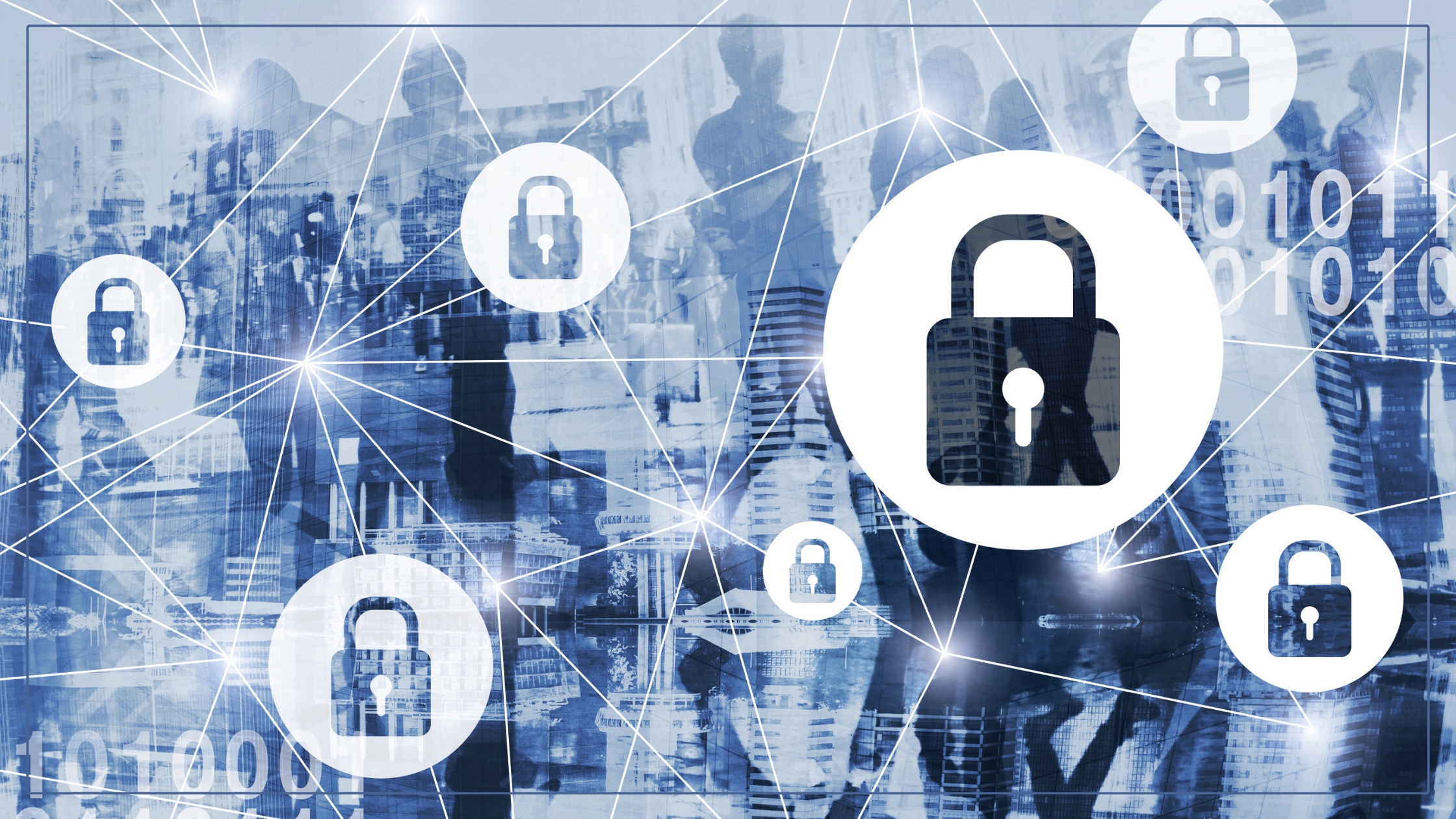Businesses continually seek out new ways to enhance their online presence, boost user experience, and streamline content management processes. One concept that has emerged at the forefront of this digital revolution is a Headless CMS.
A more modern, flexible, and efficient way to manage and deliver digital content, a Headless CMS has garnered significant interest for its capacity to break free from the traditional constraints of CMS frameworks.
Understanding Headless CMS is not just for the tech-savvy anymore—it's an important topic that business owners, marketers, and even content creators should be aware of. The reason being, this technology has the potential to fundamentally transform how businesses manage their content and could be the key to propelling your digital strategy to new heights.
What is Headless CMS?
A Content Management System (CMS) traditionally consists of a backend where you create, manage, and store your content, and a frontend where this content gets displayed to users. The two systems are intrinsically linked—a scenario that sometimes limits the flexibility of content delivery.
In contrast, a Headless CMS is essentially a CMS without the "head" (the frontend where content is presented). It provides a way to store and deliver content that doesn’t confine you to a predetermined, front-end delivery system. It decouples the content management from content presentation, giving you the freedom to design your frontend however you like, in whatever language you prefer, while the content is accessed via API calls.
Unlike traditional CMSs, which are tied to specific platforms and may have limited customization capabilities, a Headless CMS offers more flexibility, making it possible to deliver content beyond websites and apps to include other platforms like smart devices, digital displays, and more.
This API-first approach ensures a seamless content flow across multiple channels, providing a more cohesive and unified customer experience.
Whether you're a burgeoning startup seeking to scale rapidly across diverse digital channels or an established company aiming for more efficient content management, understanding and leveraging a Headless CMS could be a game-changing strategy.
How Does a Headless CMS Work?
The workings of a Headless CMS are rooted in its unique architecture. Unlike traditional CMS structures where the backend and frontend are coupled, the Headless CMS separates or "decouples" these two layers. Here’s a breakdown of its architecture:
Breakdown of the Architecture
At its core, a Headless CMS consists of two primary components:
- The Backend or "Body": This is where all the content is created, stored, and managed. It includes databases and content management back-office applications, where users can input and handle data. Unlike in a traditional CMS, this content isn’t tied to a specific display format or layout.
- APIs: The Application Programming Interfaces (APIs) are the messengers that communicate between the backend and any frontend application. The most common API used is the RESTful API, although some Headless CMSs use GraphQL. These APIs facilitate the delivery of content stored in the backend to any device or channel requesting it.
This decoupled architecture grants developers freedom when it comes to content presentation. They are not bound by predefined templates or themes and can create unique user experiences for every platform. The content, stored in the backend, can be distributed via APIs to any frontend - be it a website, mobile app, IoT device, or another digital platform.
Key Features
- Content-First Approach
A Headless CMS adopts a "create once, publish everywhere" philosophy. You create your content first, and then you decide where it gets published, enabling seamless distribution across various channels. - Flexibility
The decoupled nature of a Headless CMS gives developers the freedom to build and manage the front-end using their preferred coding language and technology, paving the way for innovation and customization. - Scalability
As your business grows and evolves, a Headless CMS can easily adapt. It allows you to add more channels and platforms without significant changes to your CMS. - Real-Time Updates
Changes made to your content in the backend can be instantly updated across all platforms via APIs. This ensures consistency and real-time content delivery. - Omnichannel Experience
A Headless CMS supports an omnichannel approach, delivering a unified and consistent user experience across multiple touchpoints. - Enhanced Performance and Security
Without the constraints of frontend rendering, websites and apps can load faster. Plus, with no frontend, there are fewer vulnerabilities for hackers to exploit, making a Headless CMS more secure than traditional CMS.
The Headless CMS offers a new and improved approach to content management and distribution. By understanding its workings and key features, businesses can leverage its benefits to deliver more effective, personalized, and flexible digital experiences.
Advantages of Using a Headless CMS
Flexibility and Scalability
The "decoupled" nature of a Headless CMS means that the backend where content is created and managed is separate from the frontend where content is presented. This gives developers the freedom to work with the languages and frameworks they prefer for each frontend, be it a website, a mobile app, or any other digital platform.
In terms of scalability, as your business grows and you want to expand your digital presence, a Headless CMS makes it easy to add more channels without a massive overhaul of your existing CMS. You can simply create new frontends for the channels you wish to expand to and link them to the backend through APIs. This scalability ensures your CMS grows in tandem with your business.
Omnichannel Readiness
Today, consumers interact with businesses through various channels, including websites, mobile apps, social media platforms, and even smart devices. A Headless CMS enables an omnichannel approach by allowing you to deliver content to any platform via APIs.
This means you can create your content once in the backend, and then distribute it across all your channels, ensuring a consistent user experience. It also helps businesses stay ready for future digital channels and touchpoints that may emerge.
Improved Performance and Security
A significant advantage of a Headless CMS is its potential for improved performance. Because the system doesn't need to generate and render pages every time a user makes a request (as it happens with traditional CMS), content delivery can be faster.
In terms of security, the decoupled nature of a Headless CMS means there's no direct link between the backend and the frontend. This minimizes the risk of attacks as there are fewer points of vulnerability that hackers can exploit.
Moreover, the separation of concerns allows for more straightforward updates and maintenance. You can update your security protocols on the backend without disrupting the frontend, and vice versa.
The flexibility, omnichannel readiness, and improved performance and security provided by a Headless CMS make it an ideal choice for businesses seeking to enhance their digital strategy, streamline content management processes, and deliver a superior, consistent user experience across all platforms.
Choosing a Headless CMS for Your Business
The decision to transition to a Headless CMS can be a significant one, involving several factors that can impact the effectiveness of your digital strategy. Here are some key considerations:
Factors to Consider
- Your Business Needs
Your specific business requirements should drive the decision-making process. If you need to publish content across various platforms and channels, or if you foresee this need in the future, a Headless CMS can be an excellent choice. - Developer Resources
Consider the skills and expertise of your development team. Because a Headless CMS does not provide frontend templates, your team needs to be comfortable building and maintaining the frontend using their chosen technologies. - Future-Proofing
With rapid advancements in technology, choosing a CMS that can adapt to future changes is crucial. A Headless CMS is more future-proof as it can seamlessly integrate with emerging technologies. - Budget
While some Headless CMS options are open-source and free, others may come with licensing or subscription fees. Consider your budget and also take into account the potential development costs for the frontend. - Content Management Needs
Evaluate your content management needs as well. If your content managers prefer a user-friendly interface with built-in editing tools, you might want to consider a solution that pairs a Headless CMS with a traditional CMS – also known as a hybrid or decoupled CMS.
A Headless CMS key advantages include flexibility, scalability, omnichannel readiness, and enhanced performance and security. However, choosing a Headless CMS for your business should be based on careful consideration of your specific needs and resources.




